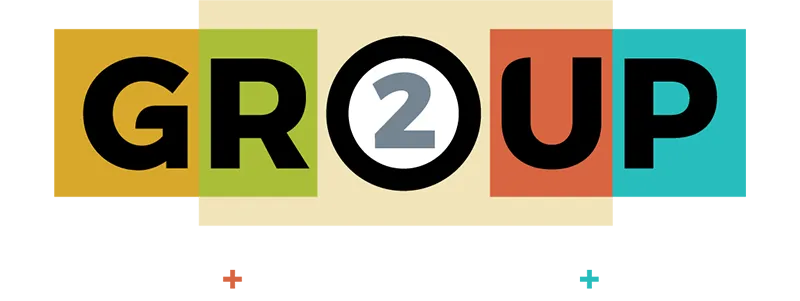Consistent and ongoing project communication is the key to any successful relationship. We can all agree that some are better at this task than others. However, if you are managing people, clients, and projects, this skill is not an option– it ultimately leads to a success or a failure. The silent treatment is nerve-wracking, that’s why we take time to pick up the phone for a quick check in. A few extra minutes really does say you care and that you will actively engage in their project.
Why place a strong emphasis on project communication throughout the process?
- It will keep all involved on track with client expectations from beginning to end
- Helps keep project expectations realistic and on target
- Can contribute to client’s satisfaction due to a successful Return on Investment
At Group 2 we begin every new client relationship with a comprehensive discovery of their goals, wants, needs, and expectations of the project at hand. Understanding their story, personas and other relevant details help us deliver an exceptional service.
Upon receipt of the fully executed discovery document, below are 6 steps we follow to help manage client expectations.
1. Strategy session completed
Now is the time to understand what the client is looking for and why. Be a great listener and business advisor because sometimes clients don’t always know what they want or simply have a hard time expressing their needs. This is why they have outsourced the project to you as they are looking for your industry knowledge and guidance. Are they rolling out a new product, looking to re-brand or trying to acquire better leads online? Knowledge is King and the more you know and understand your client, the better chance of achieving project success.
Are their goals realistic and in alignment with the overall project? Unrealistic goals always lead to unmet expectations. Prevention is the key here.
2. Set project timelines and do your best to adhere to them
Help your client understand the timeline and how one small change could have a BIG impact on the completion date. Discuss how your agency manages multiple projects and that a simple design change cannot always happen overnight. If you outsource specific services, be transparent about those services in the beginning. In this case, there are multiple schedules involved and changes certainly could affect the timeline.
3. The B Word – Budget
Time is money. Certain services cost more than others. Print vs. digital. There are many factors that go into creating an easy to follow budget. Understanding goals up front will help with this critical project task. Will there be changes? Most likely. But we recommend getting those requests in writing and responding with an updated timeline and cost adjustment before starting the process. This should alleviate any unnecessary headaches and phone calls.
4. Understand their idea of a successful project and be certain it matches your idea of success
When everyone knows what success looks like and agrees, it will make the project more cohesive. It’s really that easy. You can finish a marathon, or you can finish in first place. Which one do you deem most successful? Be clear on the word success.
5. Outline how you plan to measure success
This is not a casual statement- your phone will ring off the hook if you are not hitting the goals outlined in the discovery document and timeline. What guidelines will you follow, and which metrics will you use?
6. Communicate and Educate
Frequent, concise, and clear project communication is ultimately the key to a successful project and relationship. Be a great educator and teach your clients the who, how and why’s of the project. The more they learn from you the more trust you will build as their valued business partner.
Interested in learning how Group 2 can help take your next marketing campaign to the next level? Contact Kelly McKenzie at 412.841.3318 or kelly@group2.com and let’s get started!

